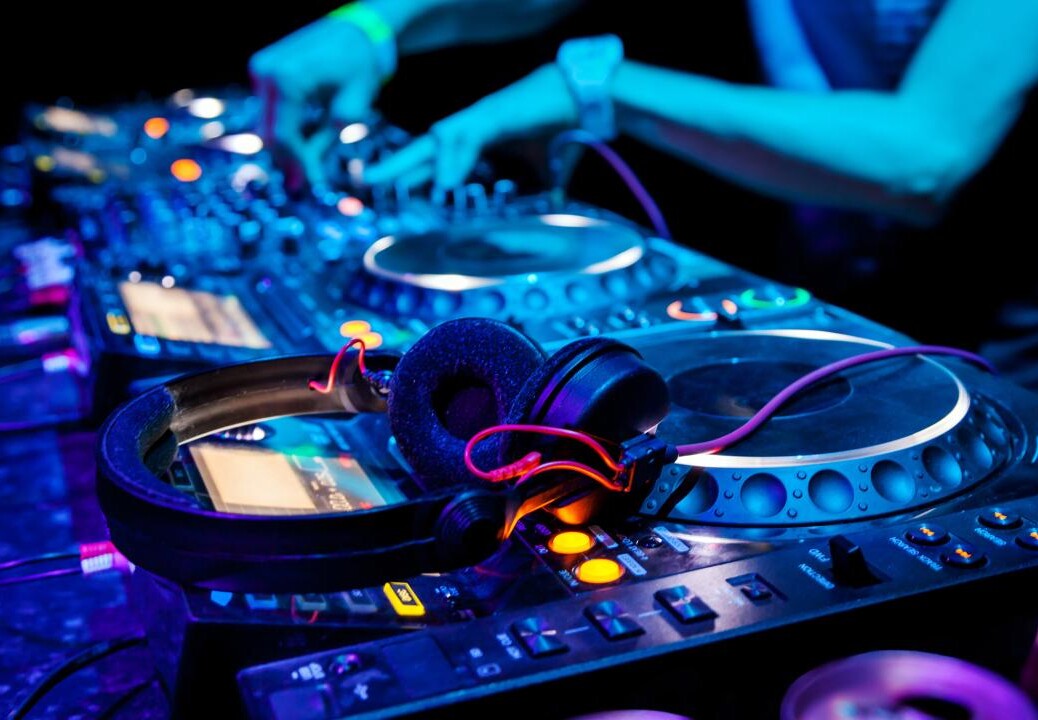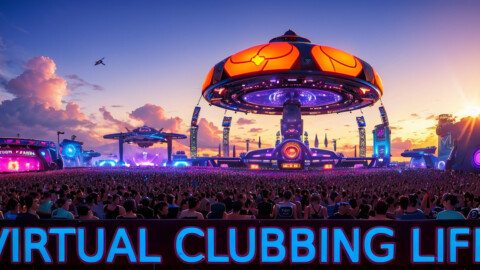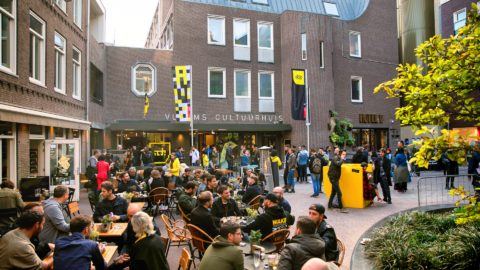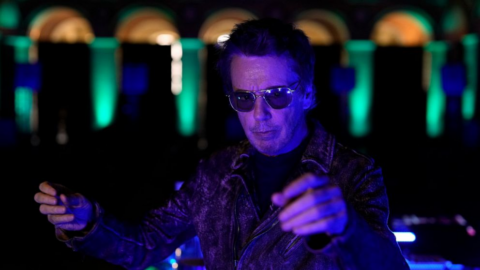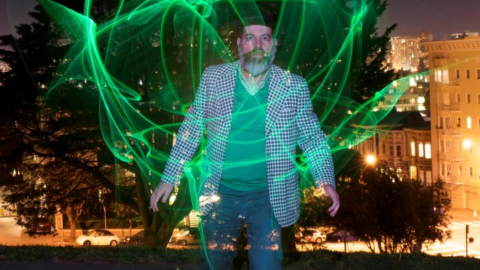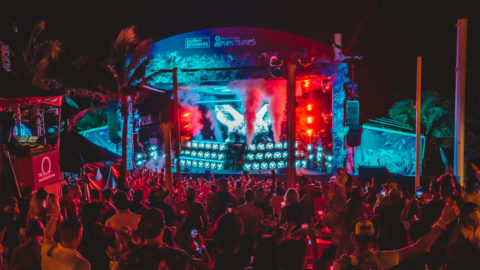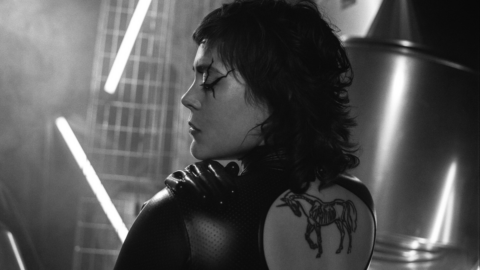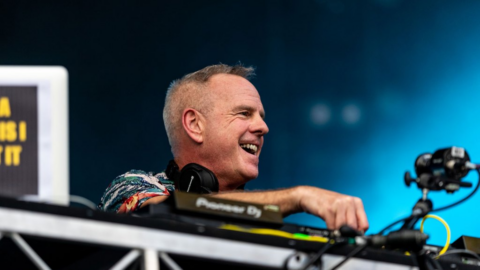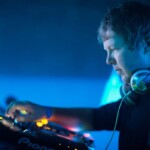Our urban landscapes are the canvas where a myriad of cultural phenomena interact, coexist, and evolve. One of these phenomena, electronic music, has been steadily influencing the cities’ physical and social fabric. With its pulsating beats, it has become the soundtrack of modern urban life, transforming nightlife and club culture, and imprinting a new rhythm on city landscapes.
The Pulse of the City: Electronic Beats in Urban Landscapes
Electronic music, with its intricate and hypnotic beats, has become a distinctive feature of urban soundscapes worldwide. The pulsating rhythms echo through city streets, emanating from clubs, bars, and outdoor festivals, creating an immersive soundtrack for the city dwellers. This music genre, born out of the marriage between technology and creativity, has found its home in cities, reflecting their dynamic and multicultural nature.
The relationship between electronic music and urban landscapes goes beyond the aural. These beats often inspire the visual aesthetics of cities, influencing their architecture, street art, and even lighting design. This intertwining of sound and vision creates unique urban environments that vibrate to the rhythm of electronic beats.
Moreover, electronic music acts as a catalyst for urban development and regeneration. The popularity of electronic music festivals and clubs can stimulate local economies, attract tourism, and breathe new life into underutilized or forgotten urban spaces. This transformative power can redefine cities, shaping their identity and their future.
However, the impact of electronic music on urban landscapes and communities is not always positive. Concerns about noise pollution, safety, and the potential gentrification resulting from the proliferation of electronic music venues should not be overlooked. It is crucial to manage these potential issues through sound urban planning and policy-making.
Finally, electronic music has an undeniable social dimension. It brings together diverse groups of people, fostering a sense of community and belonging among its fans. This inclusivity is often reflected in the urban landscapes, where electronic beats become the soundtrack of multicultural and vibrant cities.
Nightlife Transformation: How Electronic Music is Changing the Game
Electronic music has significantly shaped urban nightlife. No longer confined to underground scenes, this genre has permeated mainstream social venues, dictating the ambiance and setting the pace for nocturnal activities. Clubs and bars pulsate with electronic beats, creating a vibrant and immersive environment that attracts a wide and diverse audience.
The influence of electronic music has also changed the nature of nightlife events. Traditional concerts have given way to DJ sets and music festivals, where the experience is as much about the atmosphere and connection with the crowd as it is about the music itself. These events have become powerful economic and cultural drivers, attracting large crowds and generating substantial revenue.
In addition, electronic music’s transformational power has redefined the traditional boundaries of nightlife. Events often extend to daytime and spread to unconventional locations like warehouses, parks, or even abandoned buildings. This flexibility provides new opportunities for urban exploration and leads to a more inclusive and diverse nightlife culture.
However, this transformation also presents challenges. The escalating popularity of electronic music events has intensified concerns over noise pollution and public safety. Strict regulations and effective management strategies are crucial to mitigate these potential negative impacts.
Moreover, the growing presence of electronic music has played a role in gentrification, as areas popular for their vibrant nightlife often see an increase in property values, potentially displacing local residents. Policymakers and urban planners need to ensure a balance between the economic benefits of a thriving nightlife and the potential negative social implications.
Despite these challenges, the impact of electronic music on urban nightlife remains largely positive. It has breathed new life into the night, creating a diverse and inclusive environment that fosters social connections and cultural exchange.
Electronic Beats: The New Symphony of Modern Urbanism
In the realm of modern urbanism, electronic music holds an increasingly prominent place. Its beats echo through city streets, embodying the rhythm of urban life and marking the city’s physical and cultural landscapes. This phenomenon represents a new symphony of city life, where electronic beats provide the soundtrack to modern urban experiences.
Electronic music has become a powerful tool for branding and revitalizing urban spaces. Cities worldwide are capitalizing on the popularity of this genre, hosting music festivals, and promoting nightlife economies centered around electronic music. These initiatives not only stimulate economic growth but also help to create a unique identity for the city.
The transformative power of electronic music extends to the urban social fabric. As this genre transcends cultural boundaries, it brings together diverse groups of people, promoting inclusivity and fostering a sense of community. This social dimension of electronic music contributes to the vibrancy of cities, making them more lively and dynamic.
However, the urban symphony of electronic beats is not without discord. Some critics argue that the commercialization of electronic music can lead to a homogenization of urban cultural landscapes, where unique local sounds are replaced by a generic global beat. To avoid this, it is important to support local artists and foster diversity in the music scene.
Additionally, the increasing prevalence of electronic music can potentially exacerbate urban inequality. As nightlife economies thrive, property values in popular areas can rise, leading to gentrification and displacement of disadvantaged communities. Policymakers need to ensure that urban development driven by electronic music is inclusive and equitable.
Despite these challenges, electronic beats continue to shape modern urbanism. They provide the soundtrack to city life, influencing our physical environments, social interactions, and cultural experiences. The symphony of electronic beats has become an integral part of our urban landscapes, defining the rhythm of modern cities.
Club Culture and Electronic Music: Shaping the Future of Nightlife
The emergence of electronic music has revolutionized club culture, influencing its aesthetics, dynamics, and social norms. The pulsating beats, the mesmerizing light shows, and the shared sense of community have transformed clubs into iconic spaces of modern urban nightlife.
Electronic music has redefined the clubbing experience. Rather than simply being places to drink and dance, clubs have become venues for artistic expression, social interaction, and cultural exchange. The DJ’s role has evolved from playing music to creating an immersive experience that captivates the audience.
Moreover, electronic music has helped to democratize the clubbing scene. Unlike traditional live music venues, which often cater to specific genres and demographics, clubs featuring electronic music typically attract a more diverse crowd. This inclusivity has made club culture more accessible and less elitist.
However, the evolution of club culture brought about by electronic music also presents challenges. The increasing commercialization of club culture can lead to a loss of authenticity, as clubs shift their focus from cultivating a unique atmosphere to maximizing profits. Additionally, the public health issues associated with clubbing, such as substance abuse and hearing loss, must be addressed to ensure a safe and healthy environment for patrons.
Moreover, as club culture expands and evolves, it can contribute to urban gentrification. Areas that become popular for their vibrant nightlife often experience an increase in property values, potentially displacing local residents. Policymakers and urban planners must consider these potential negative impacts when shaping the future of urban nightlife.
Despite these challenges, the influence of electronic music on club culture is undeniably transformative. It has redefined the clubbing experience, making it more immersive, inclusive, and culturally significant. Electronic music and club culture are intertwined, each shaping and being shaped by the other, and together they are influencing the future of urban nightlife.
The influence of electronic beats on our urban landscapes and nightlife is undeniable. They pulse through our cities, shaping their physical and social environments, transforming our experiences, and redefining our cultural landscapes. Despite the challenges posed by noise pollution, public safety, and gentrification, electronic music is a potent force for urban development and regeneration, a new symphony of modern urbanism, and a transformative influence on club culture. As we look to the future, it is clear that electronic beats will continue to shape our cities and our nightlife, echoing the rhythm of urban life and reflecting the dynamism of our ever-changing world.


